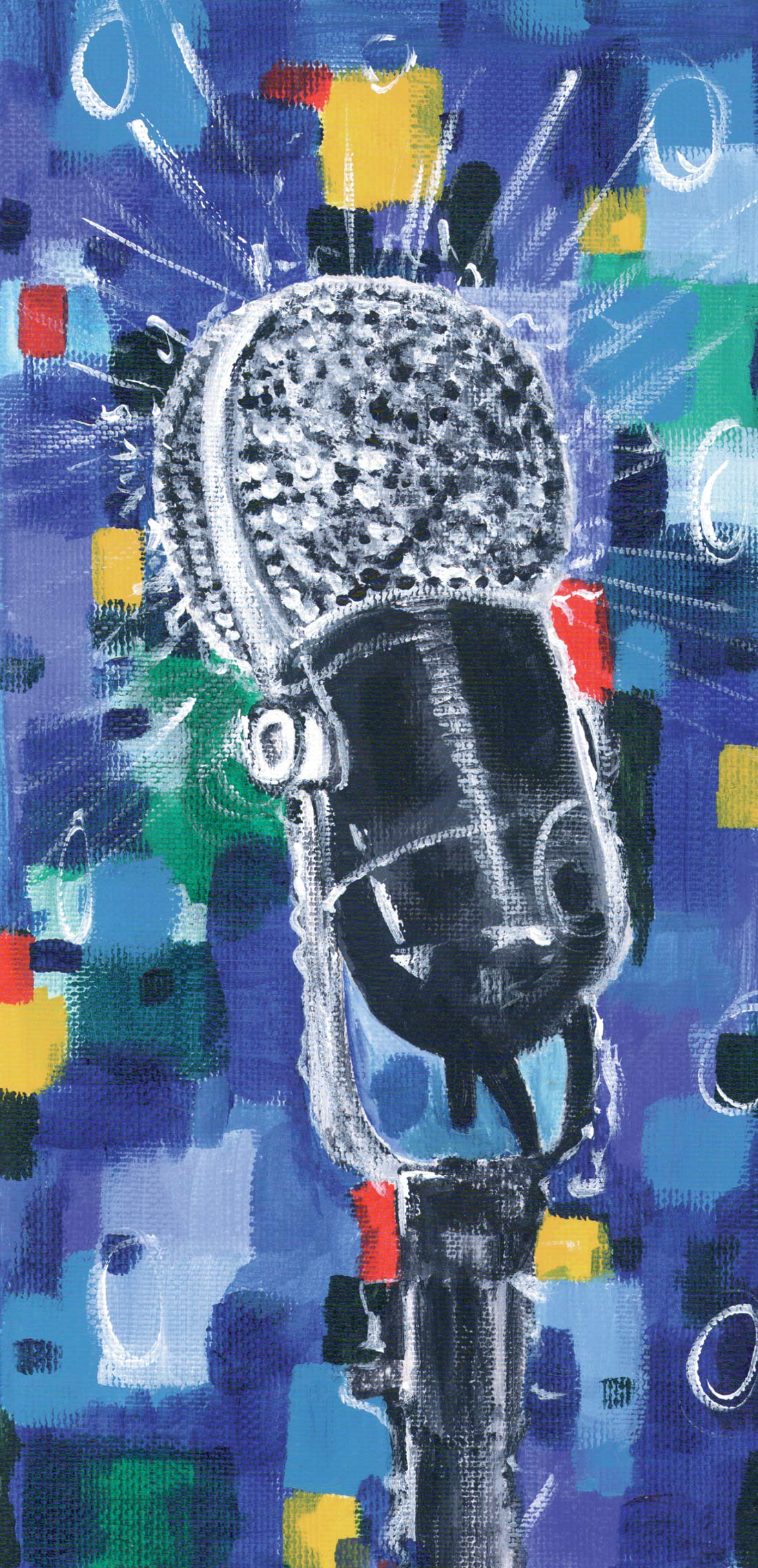One of the more interesting signal processors to come along has to be the HEDD 192 from Crane Song. HEDD stands for Harmonically Enhanced Digital Device and is quite unlike any other processor on the market that I know of. As its name implies, the HEDD 192 allows you to bring out the inner harmonic detail of the musical content associated with analog tubes/tape that we all love and miss in this cold world of zeros and ones. Unlike analog tape, there is no wow and flutter, noise and alignment problem. To quote the manual "HEDD is engineered to provide musically pleasing sound with the capability of generating tube/analog sounds in the digital domain." "Musically pleasing" is the key phrase with the HEDD processor, as this unit puts a smile on my face every time I use it. I like tools that make my job easier and the HEDD definitely delivers. I first heard the HEDD several years ago on the AES floor in New York. Now I don't know how many of you have ever been to AES but trying to audition a piece of gear on the convention floor is ambiguous at best. However the HEDD stood out even in light of the deafening noise floor. Owner/designer David Hill just dialed in a few quick settings and "viola" the sterile flat compact disc that was playing all of the sudden came to life. It seemed you could hear more into the music and the sound became more focused. I was impressed to say the least and the result stuck with me for years to come. Now I was very familiar with the build quality of Crane Song products, having been one of the first to request a mastering version of the phenomenal STC-8 stereo compressor, a piece I use almost everyday. I always loved the fact that Dave Hill built this (and all his gear) first and foremost to use in his own studio. I have been amassing analog gear for my mastering facility for sometime now and waited on buying the top digital products on the basis that it can only get "better and less expensive" with time, which is usually the case. So out comes Crane Song with the new and improved HEDD 192. Thanks to the proprietary dither which has been added, not only does it sound better than I remember but it is more versatile too thanks to the addition of the "Tape" button. It is also ready for a 192 kHz sampling rate "once the appropriate components become available and a communication standard is in place." Basically the HEDD 192 has three knobs that do 90% of the work, set up to emulate the characteristics of analog tubes. First on the panel is Triode, which increases 2nd harmonics adding a thickening sound to the material. Because this affects mostly the low level content of the material this is the hardest to hear working, until you switch the unit into bypass mode. Next is Pentode, which affects mostly third harmonics and adds a brighter characteristic to sounds. Much easier to hear, it almost sounds like boosting high end EQ but without negative effect since it processes the overall spectrum of the music so phase shift is not an issue. Third is Tape, which emulates the sound of tape saturation by adding a compressed sound associated with driving an analog recorder into overload. What the HEDD does best is allowing digital to sound more like analog. The triode mode contains strong even order harmonics but is not strictly even order. It changes with program content and how much of the process is being used. The pentode process affects the triode because the two processes are run in series - also dependent on the amount being processed. The tape button affects both (it's also in series) because, just like recording onto tape as you increase the level, the harmonic content increases and higher order odd harmonics are added. What this results in is a very powerful tool that allows a wide variety of manipulation, and yet it does all of this with such an ease of use that the power of the unit doesn't really come through until you switch the unit into bypass. The HEDD does all its internal processing at 24 bit and can sample up to 96 kHz in its current configuration. It even allows for separate word clock control. Crane Song have developed processors that never existed before, all because of this brave new world we call digital. "To hear is to believe." Now go out there and listen. (www.cranesong.com)
Plug-Ins, Signal Processors | No. 113
Oxford Envolution plug-in
by John Baccigaluppi, Andy Hong, Scott McChane
Scott, John, and I have all become quick fans of Sonnox's latest plug-in, Oxford Envolution, so all three of us decided to contribute to this review. Sonnox publishes Native (AAX, AU, and VST) and HDX...




_disp_horizontal_bw.jpg)